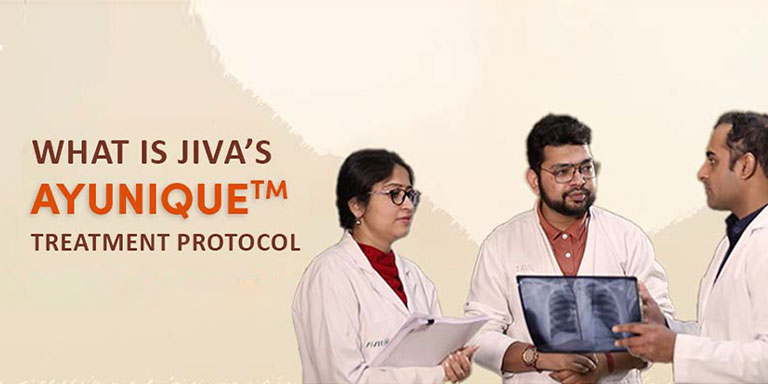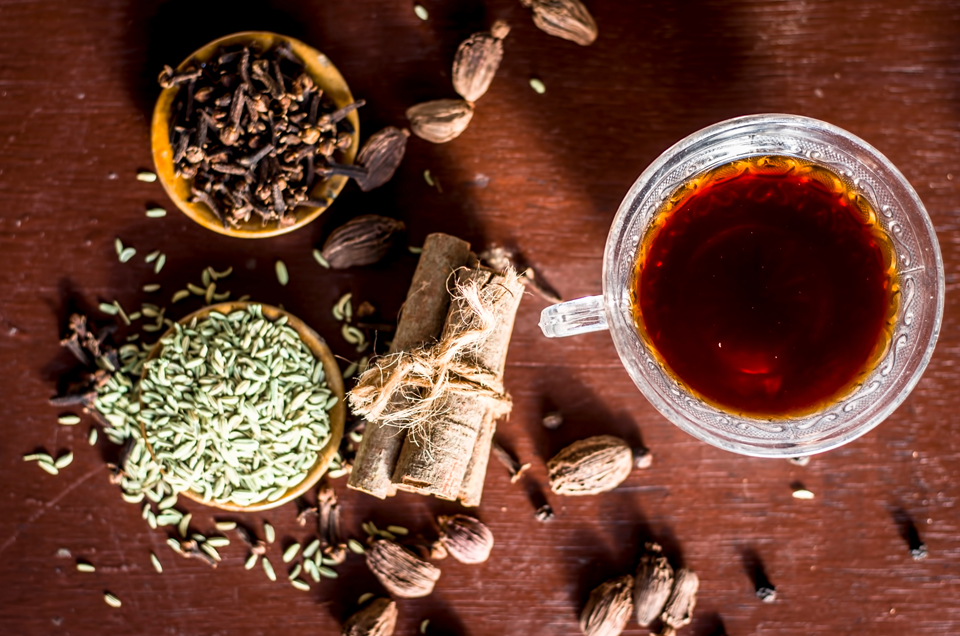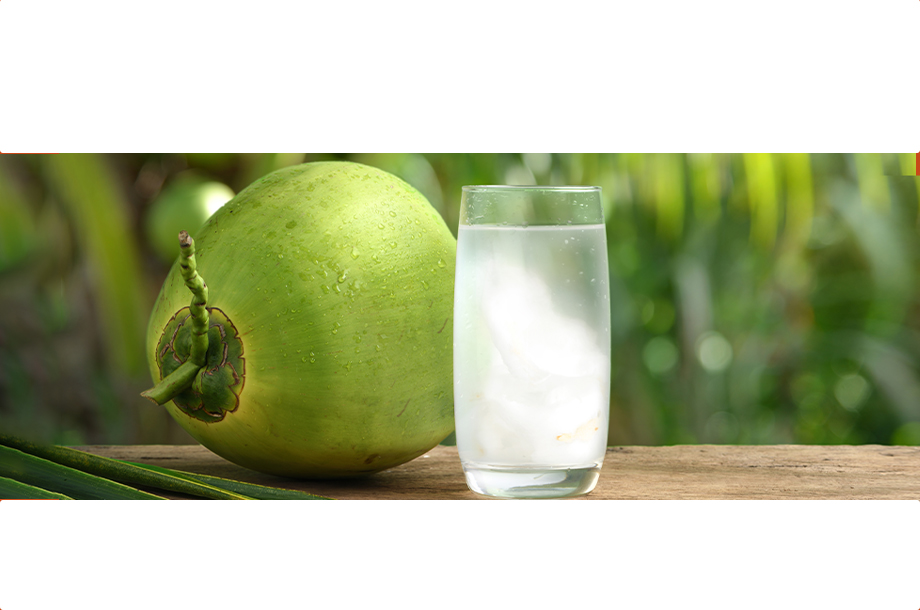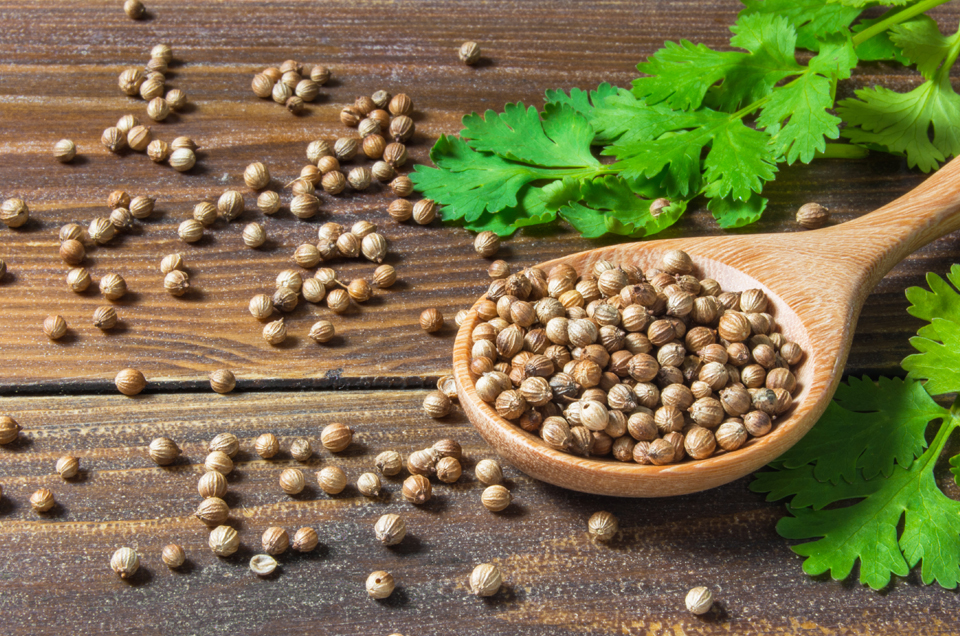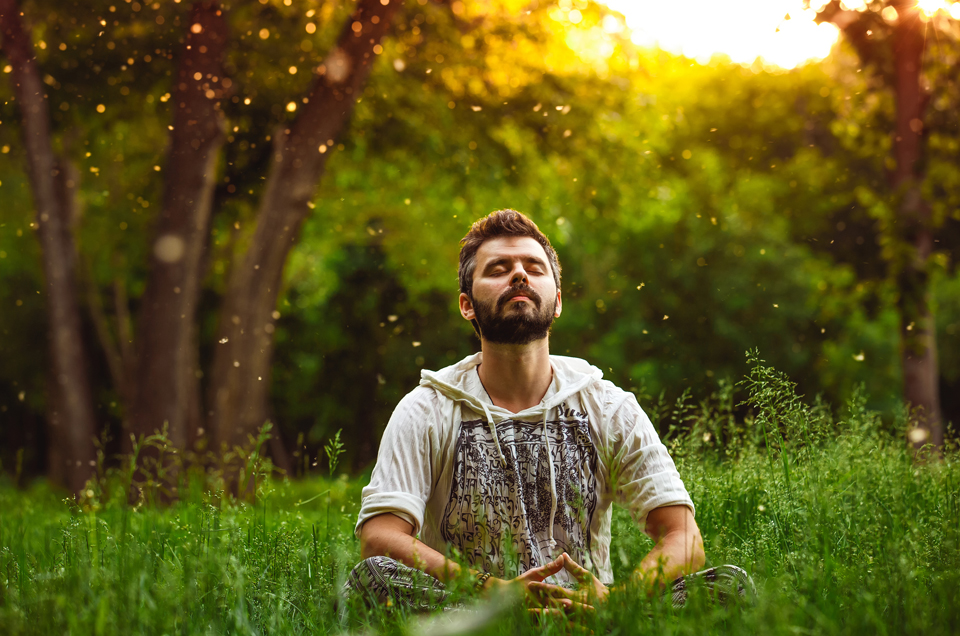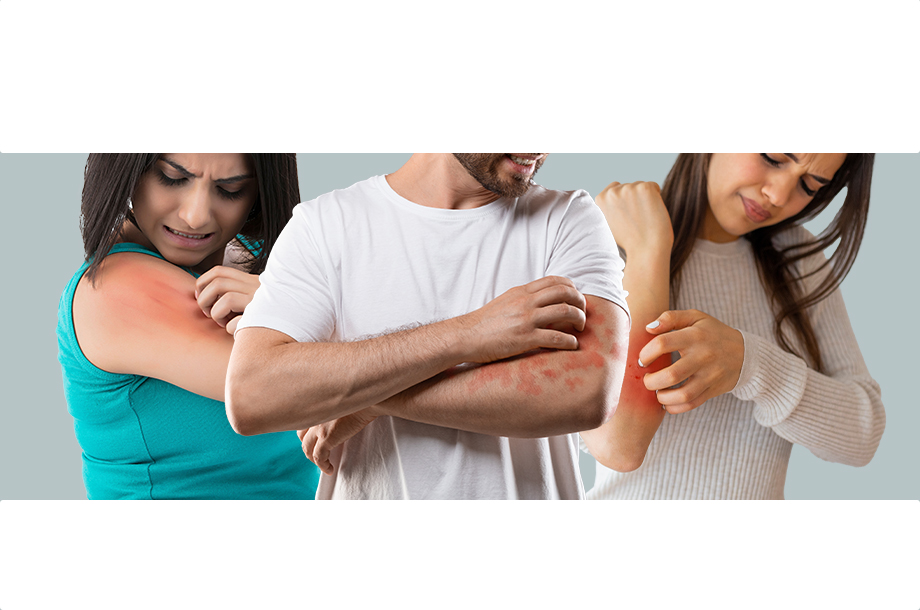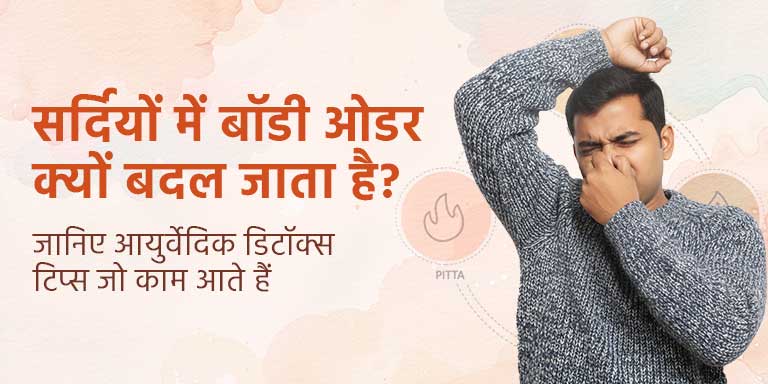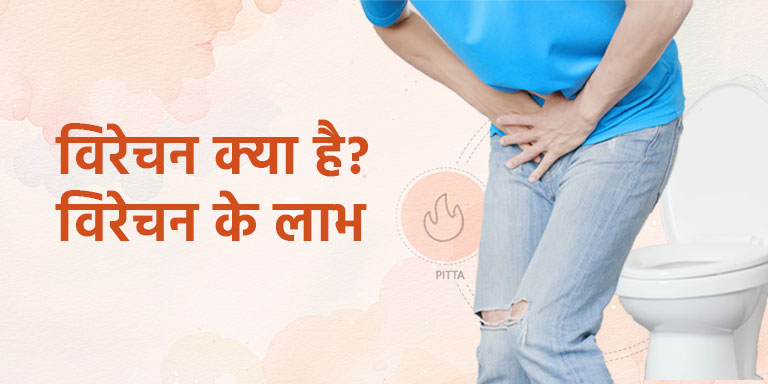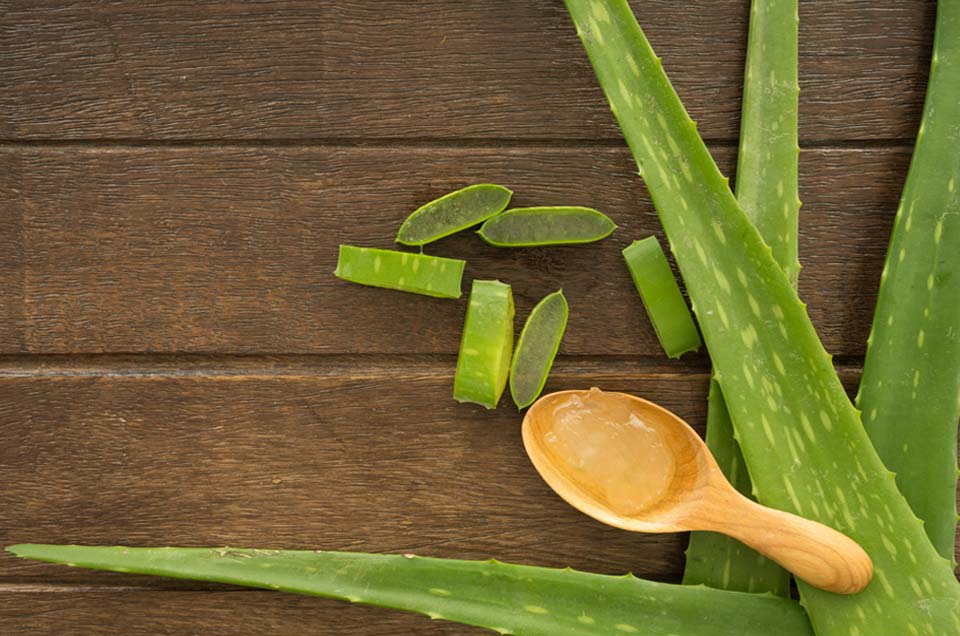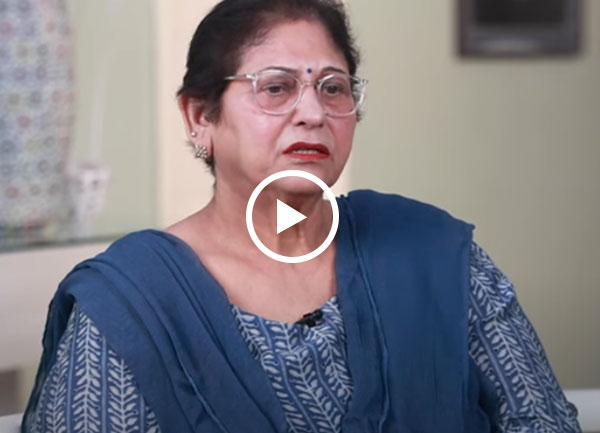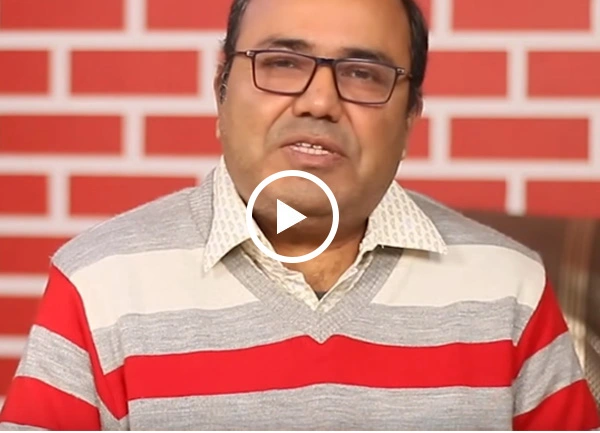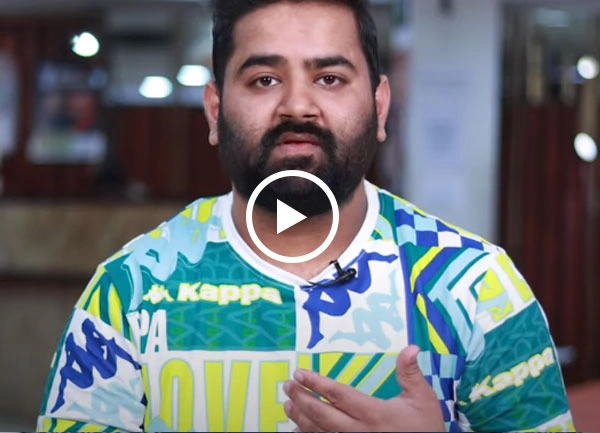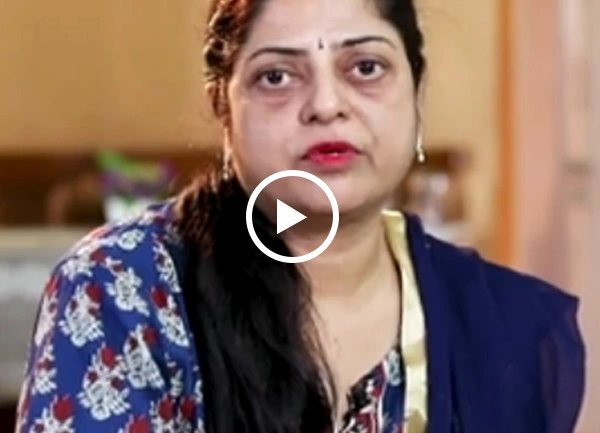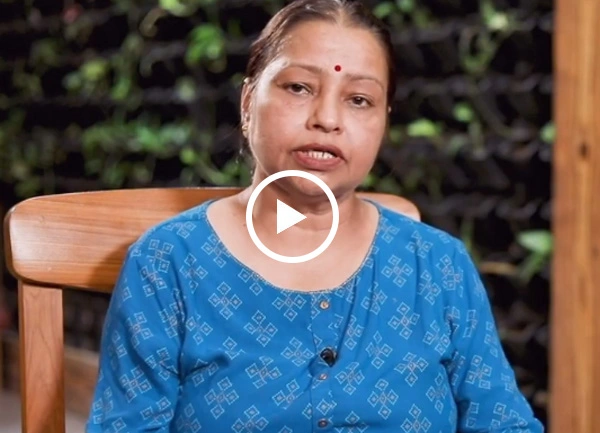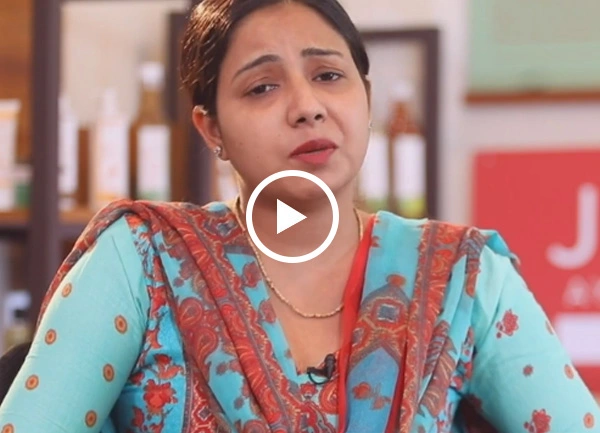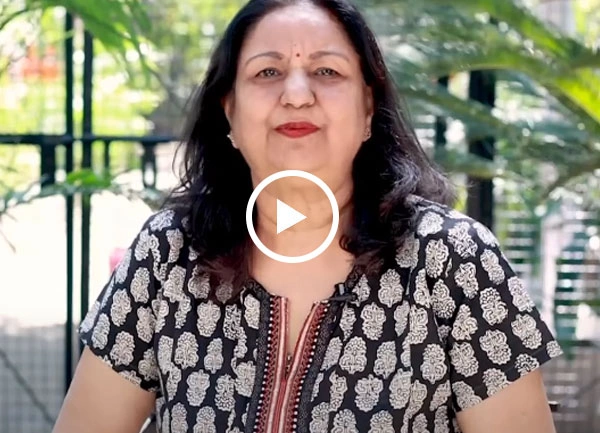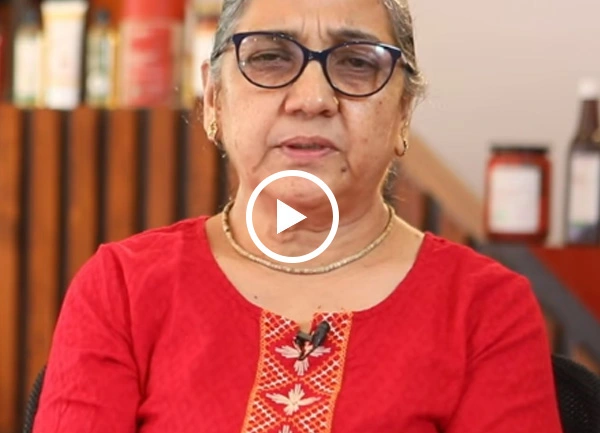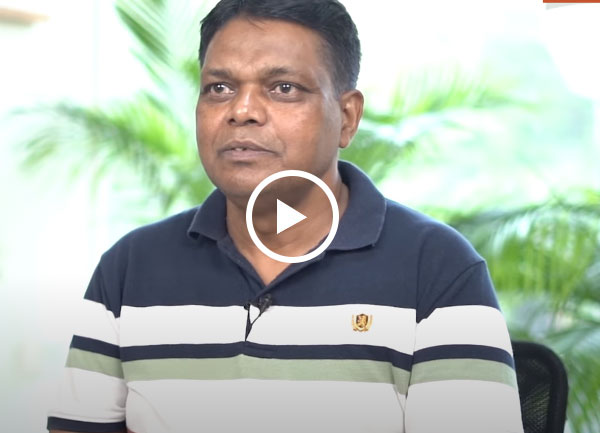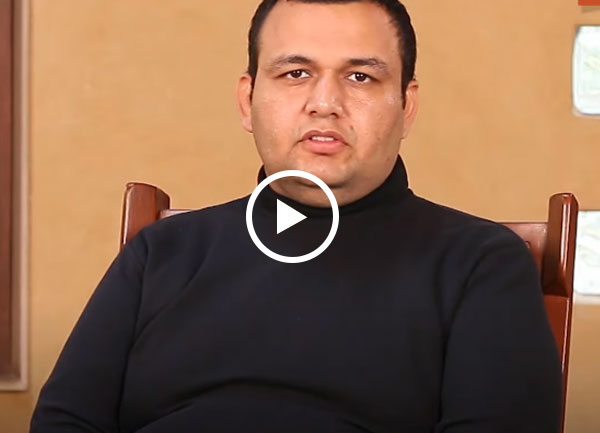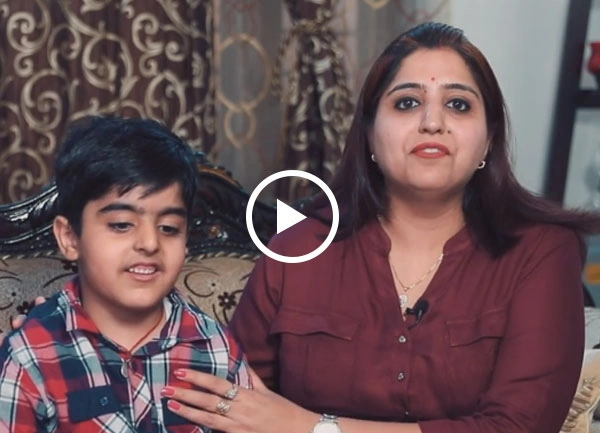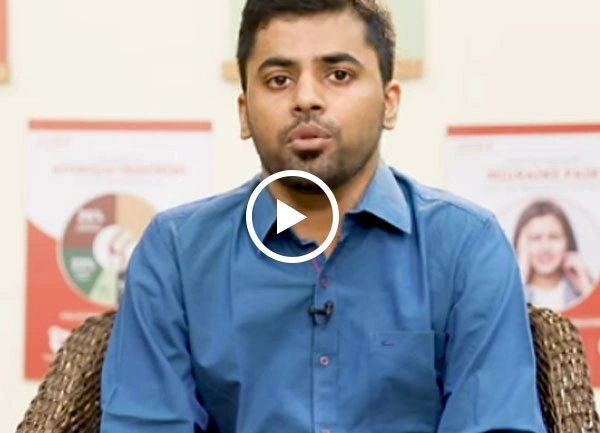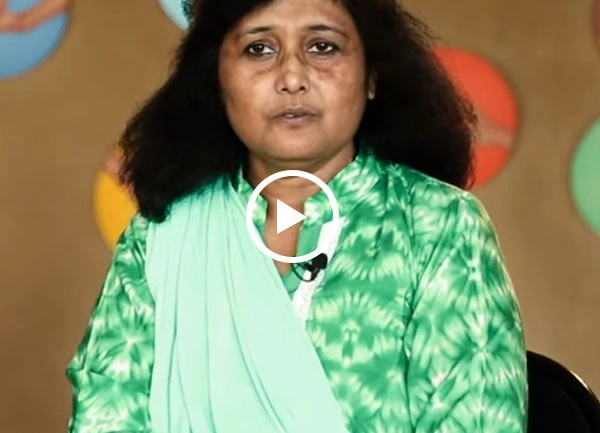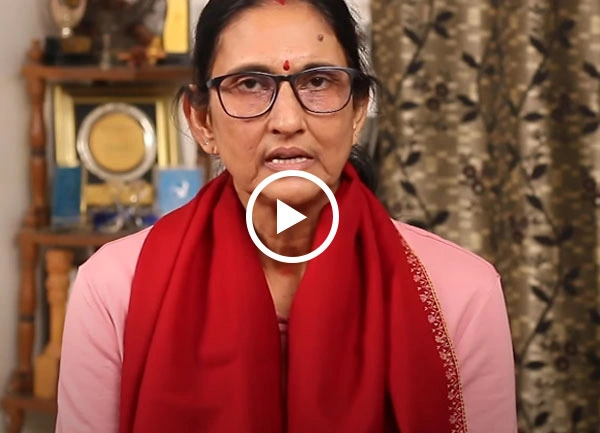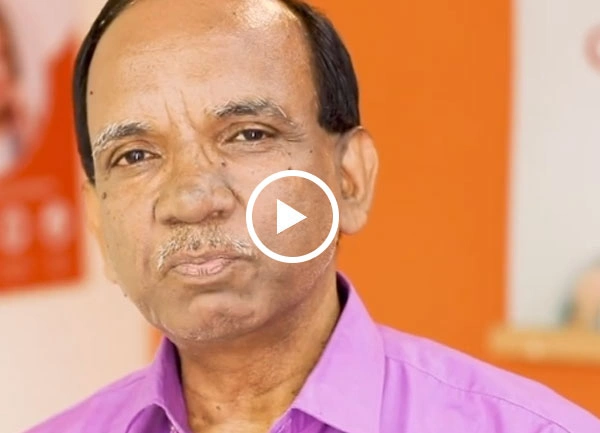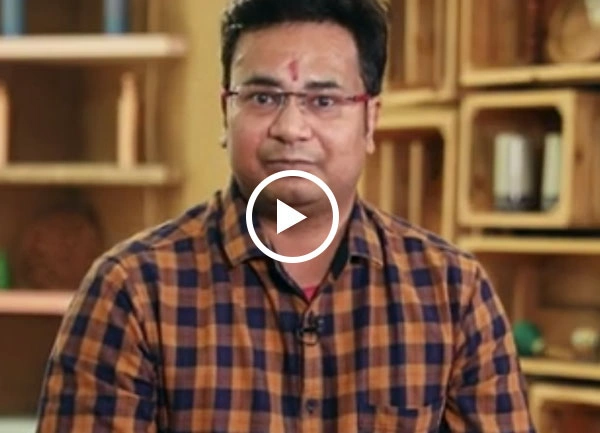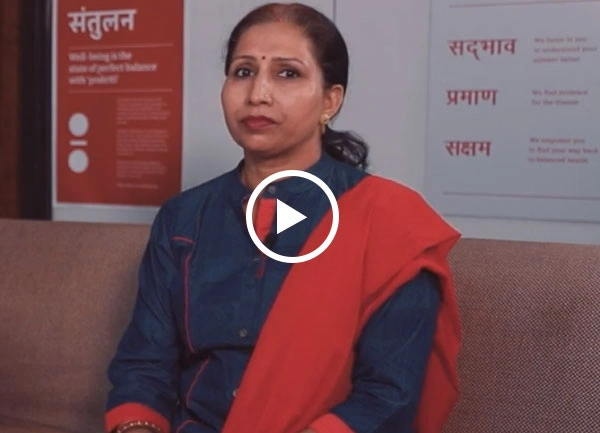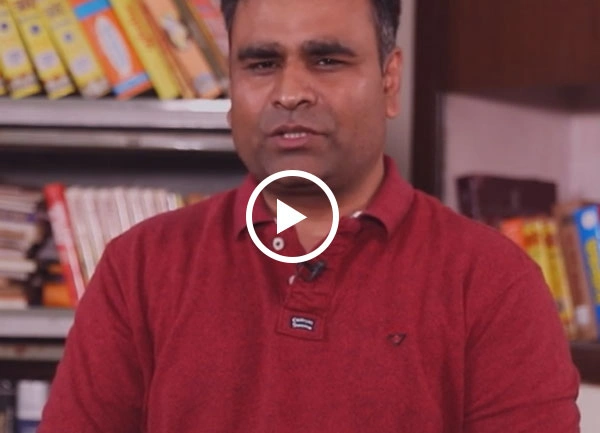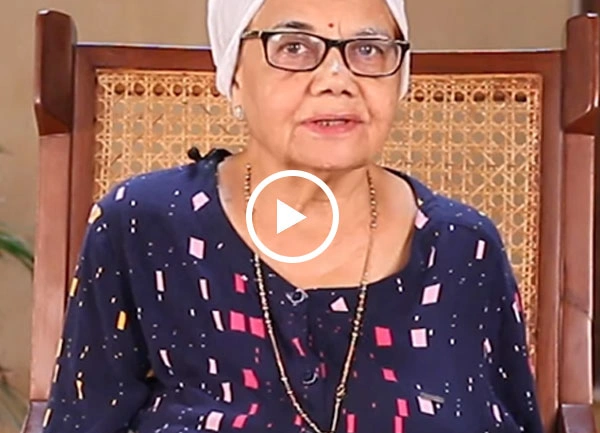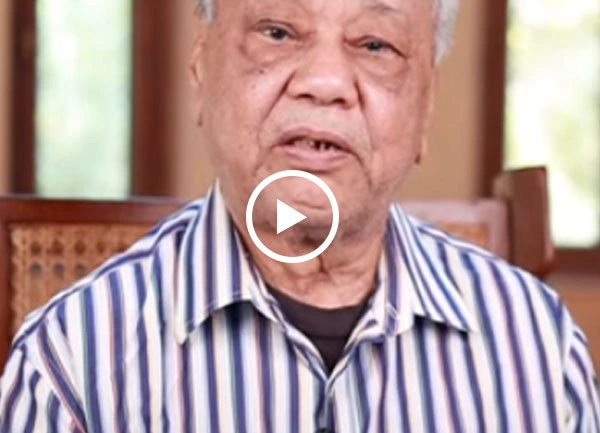Padabhyanga helps to calm the mind, promotes quality sleep, improves circulation, prevents sciatica, and helps maintain eyesight and hearing.
Not all Ayurvedic rejuvenation therapies require you to visit a clinic or Panchakarma center. There are some easy methods that you can easily follow at home. Below is an easy, step-by-step method of Ayurvedic feet massage that will bring you instant results.
Directions:
Fill a pot with mustard oil and massage your feet with this oil. Special care should be given to nails of the feet. The steps include various relaxation, stretching, pounding and beating actions on the feet and the soles.
-
Press the tip of the toes.
-
Start with shaking and vibrating one of your feet.
-
Now using both hands, tap and knead both sides of the feet muscles. Begin from the sole of the feet.
-
Apply the oil to the foot and soles and rub well.
-
Hold the foot, let it relax, and then rub gently. Hold the side other than the one being rubbed.
-
Press all pressure points of the sole including the toes.
-
Twist your feet both in clockwise and anticlockwise circular movements.
Though we use our feet all day and is one of the most vital part of your body, it is often the most neglected part. A foot massage not only benefits the feet but revitalizes the entire body. After a tiring and hectic day, padabhyanga is a surefire way to relieve stress and rejuvenate your system.
Tips:
- Ayurvedic foot scrub
Ingredients required:
-
2 teaspoonful fine sea salt.
-
2 teaspoonful castor oil.
-
1 teaspoonful wheat germ or sesame oil.
-
2-3 drops of essential oil (optional).
Combine the above ingredients in a bowl until well blended. Rub gently onto damp skin in circular motions. Rinse off well when you bathe.
Unused portion can be used for up to 7 days if stored in a tightly sealed (preferably glass) container in a cool, dark and dry place. While preparing mixtures, always use fresh cut fruits, vegetables, herbs etc., so that the enzymes remains as fresh and effective as possible.



